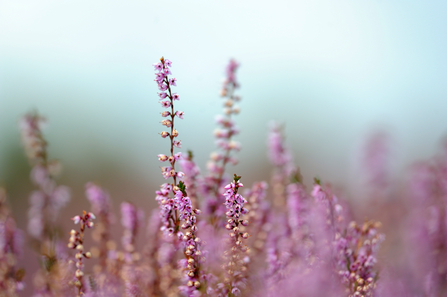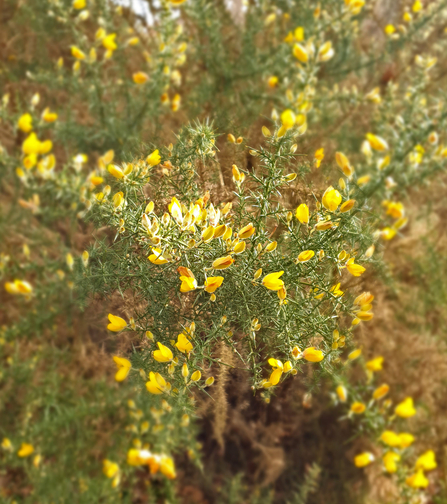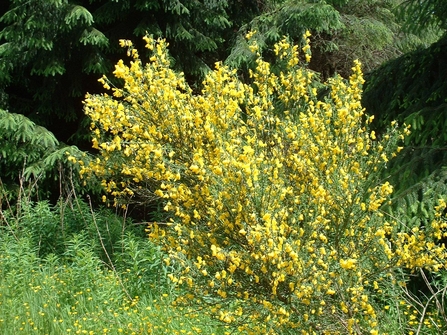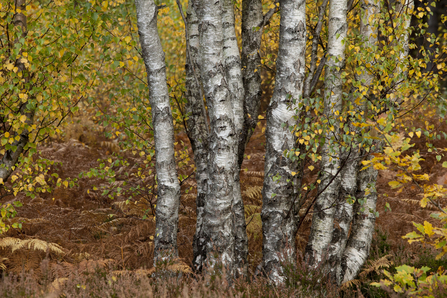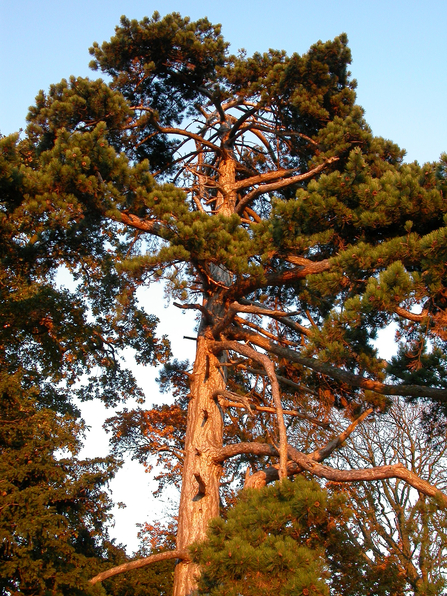Every time I visit The Devil’s Spittleful five plants are instantly recognisable - heather, gorse, broom, silver birch and Scots pine. All five are characteristic of heathland and it is exciting to know that in years to come these same plants will once again be the dominant feature of Dropping Well Farm. All except Scots pine, that is; those around the Spittleful mound were planted by a previous owner as some sort of landscape feature (though there may be more to it than that but we’ll get to that in a bit).
We often tend to take such familiar plants for granted and not give them a second thought or glance, unless we get poked by spikey gorse, of course. But to our forebears they all played crucial roles within the folklore of their own time.


